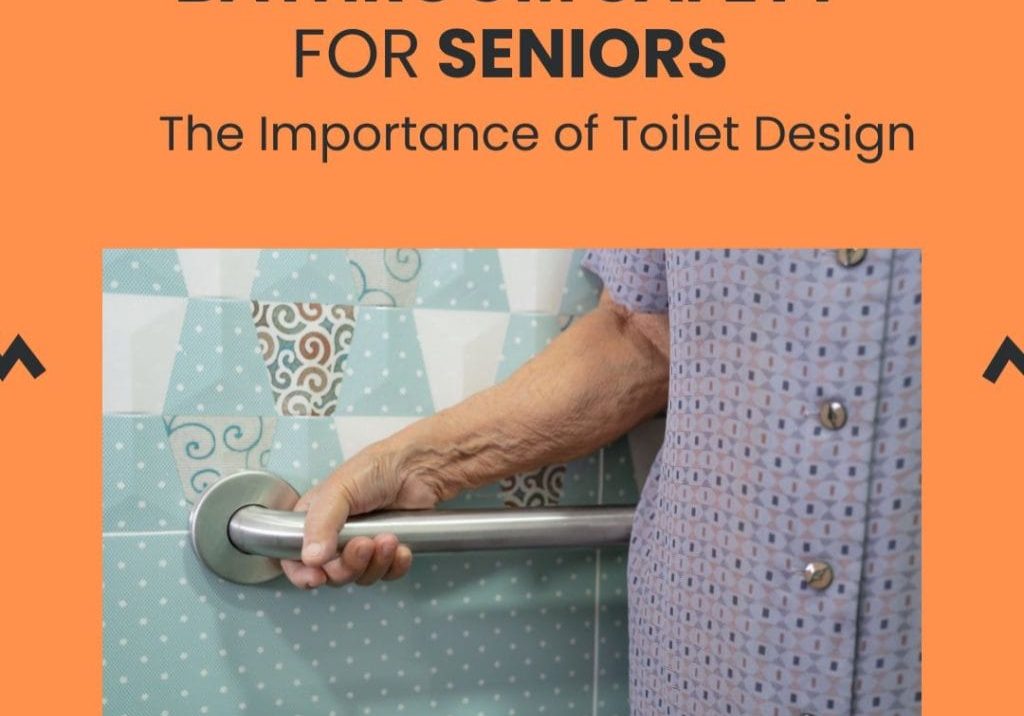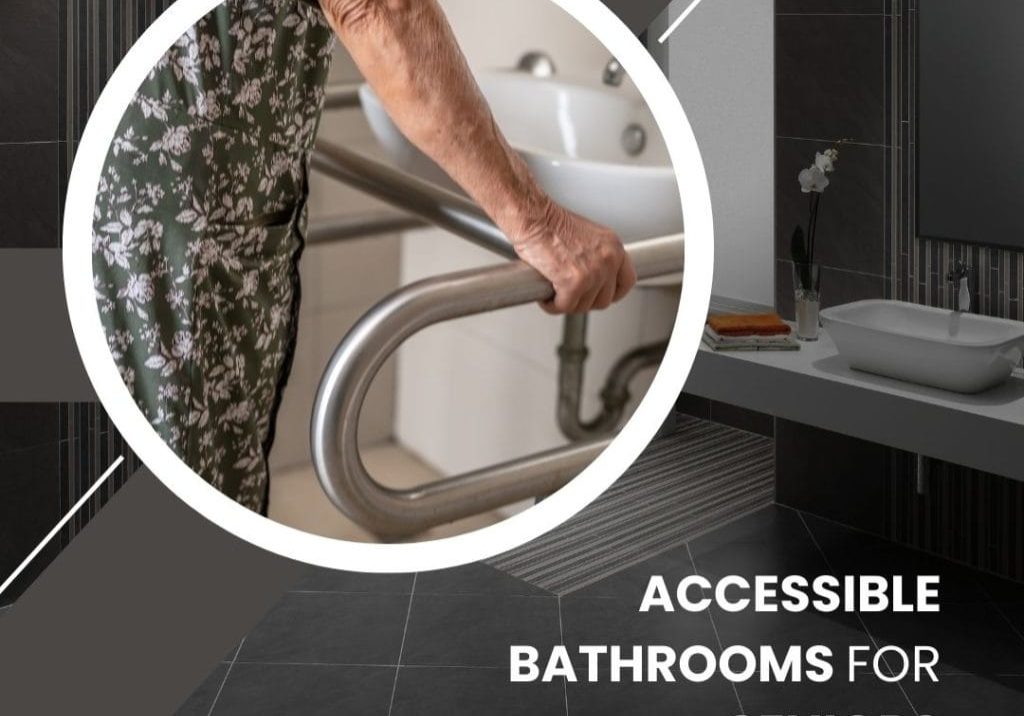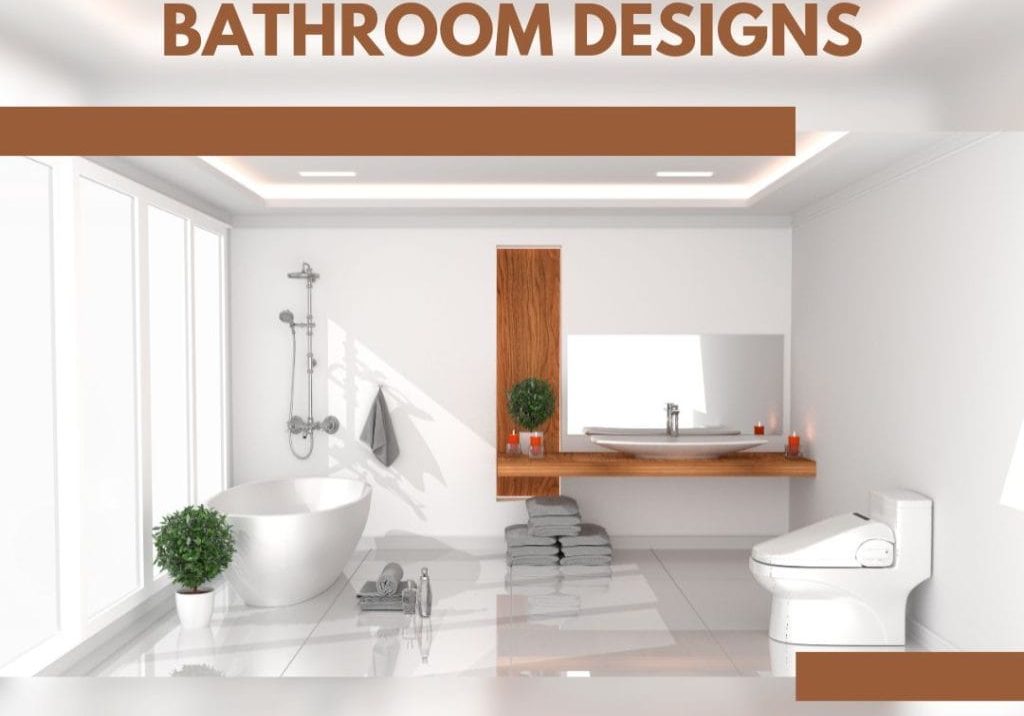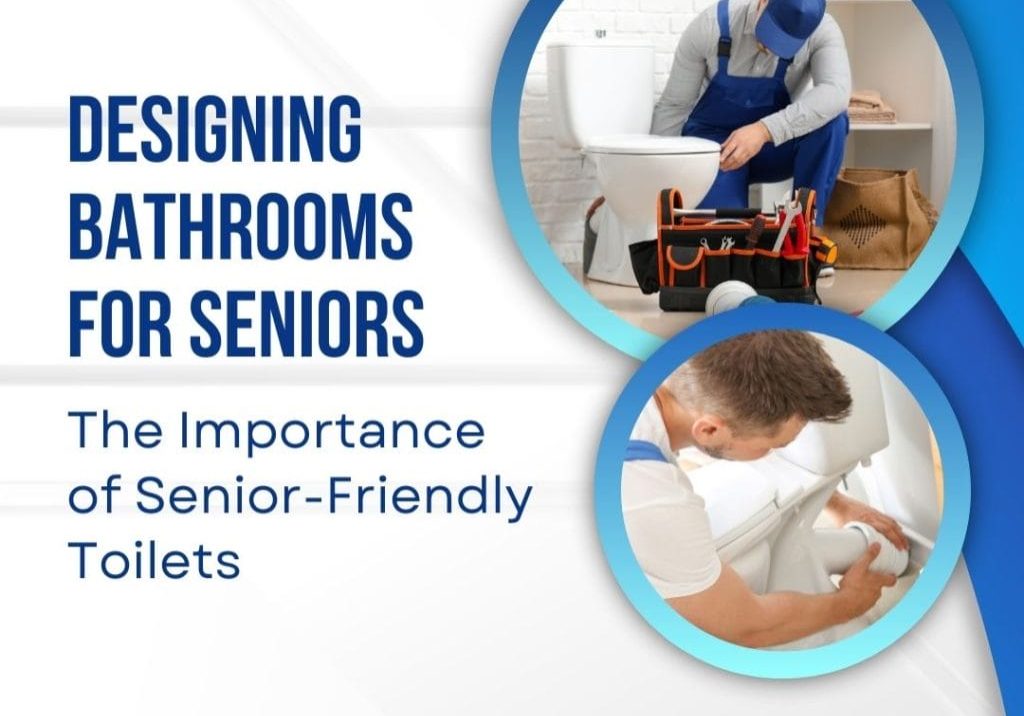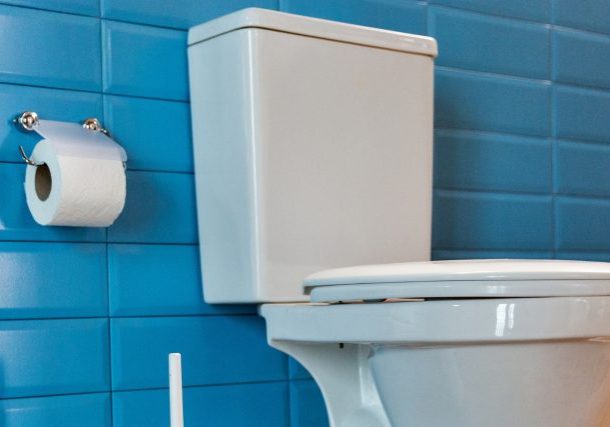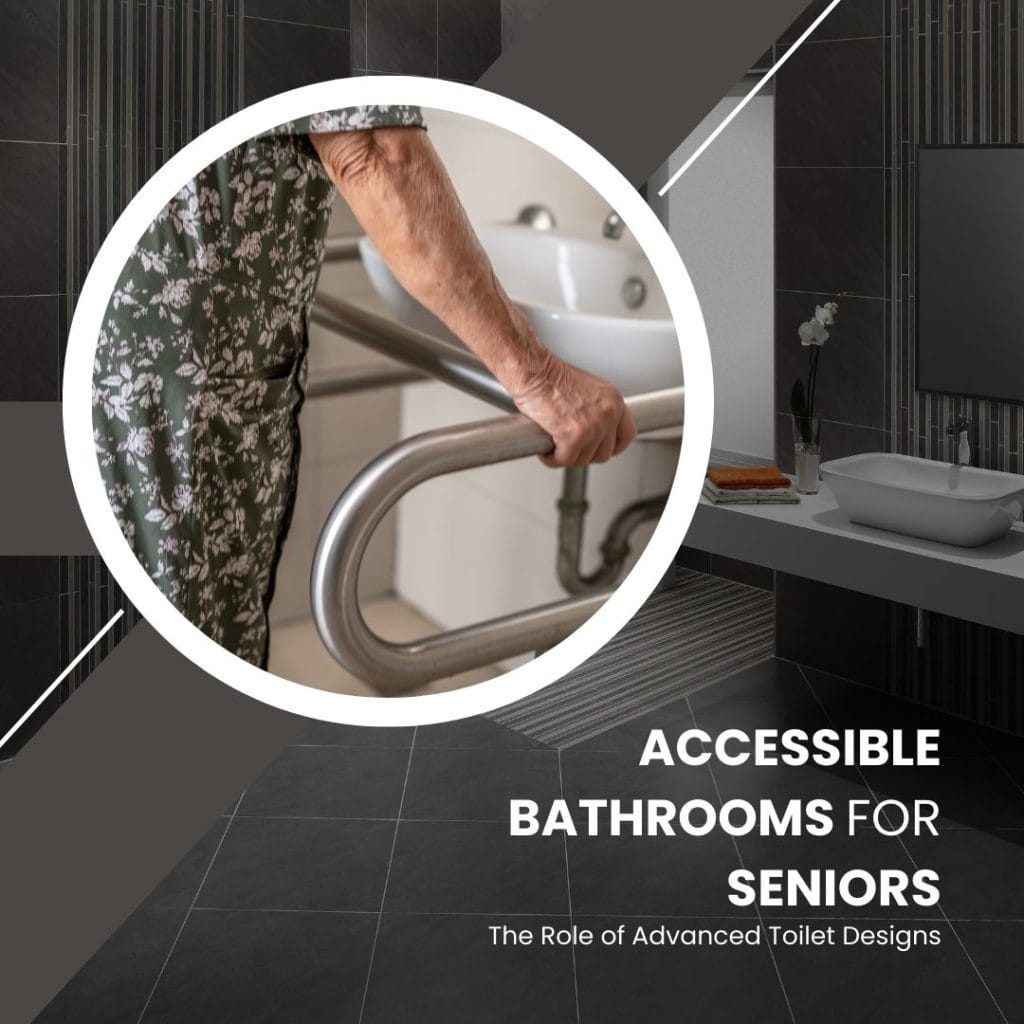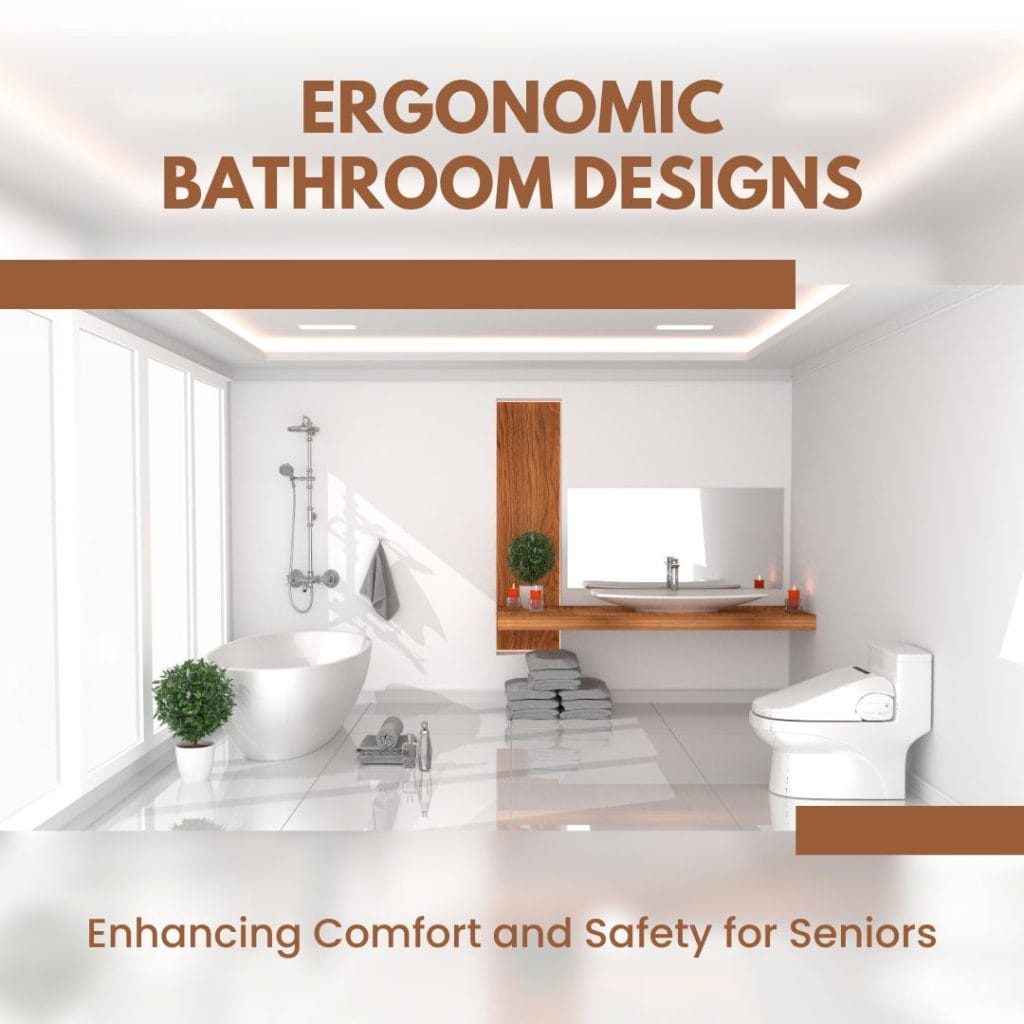As we age, our homes, once a source of comfort and ease, can present new challenges, especially in spaces like bathrooms where safety and accessibility become paramount. For seniors, a bathroom that is not thoughtfully designed can pose significant risks, from slips and falls to difficulty in using facilities like toilets. Recognizing these challenges, it becomes crucial to adapt our living spaces to meet the evolving needs of the elderly, ensuring they continue to live with dignity, independence, and comfort.
Embark on this journey with us as we explore the essential elements of senior-friendly bathroom designs, ensuring safety and comfort are not just add-ons but integral parts of the living space for our seniors.
Understanding the Needs of Seniors in Bathroom Design
As we age, our physical and sensory abilities often change, which can make everyday tasks more challenging. The bathroom, a place where privacy and independence are highly valued, can become a source of concern for seniors and their families. In this article, we will explore the common challenges faced by seniors in the bathroom and discuss the crucial role of ergonomics in senior bathroom design, aiming to create spaces that are both safe and comfortable.
Common Challenges Faced by Seniors in the Bathroom
1. Mobility Issues
Many seniors experience a decline in mobility due to various factors such as arthritis, osteoporosis, or balance issues. This decline can make it difficult to access high toilets, step into bathtubs, or stand for long periods at the sink.
2. Visual Impairments
Age-related vision problems like cataracts or glaucoma can make it difficult to navigate poorly lit bathrooms or distinguish between similar colors and textures.
3. Cognitive Impairments
Conditions like dementia or Alzheimer’s can affect a senior’s ability to remember or perform routine tasks, making a familiar environment like the bathroom potentially confusing or hazardous.
4. Sensory Changes
Reduced sensitivity to hot and cold can lead to accidental burns or discomfort, especially when adjusting water temperatures.
5. Fear of Falling
The fear of slipping or falling in the bathroom can cause anxiety and reluctance to use the facilities, especially when surfaces are wet and slippery.
The Role of Ergonomics in Senior Bathroom Design
Ergonomics, the science of designing environments and products to fit the people who use them, plays a vital role in senior bathroom design. By incorporating ergonomic principles, we can create bathrooms that cater to the unique needs of seniors.
1. Easy Access Toilets and Showers
Toilets with higher seats and grab bars, as well as walk-in showers with no-step entry, can significantly reduce the risk of falls and make it easier for seniors with mobility issues to use these facilities independently.
2. Enhanced Lighting and Color Contrast
Good lighting is essential for seniors with vision impairments. Use of higher wattage bulbs, motion-sensor lights, and contrasting colors can help seniors navigate the bathroom more safely.
3. Temperature Control Features
Faucets and showers with anti-scald devices and easily readable temperature controls help prevent burns and ensure comfortable use.
4. Non-Slip Surfaces
Using non-slip mats, tiles with textured surfaces, and grab bars in strategic locations can reduce the risk of slips and falls.
5. Simplified Layouts
A clutter-free, well-organized bathroom with clear paths can be especially beneficial for seniors with cognitive impairments, reducing confusion and enhancing safety.
The Importance of Toilet Design in Senior Bathrooms
For seniors, the bathroom is one of the most critical areas in the home where design and functionality need to harmonize to ensure safety, comfort, and independence. Within this space, the toilet, often overlooked in standard bathroom designs, plays a pivotal role. In this article, we delve into why toilet design is crucial for seniors and explore the features that make a toilet senior-friendly.
Why Toilet Design is Crucial for Seniors
1. Safety Concerns
As mobility and balance decline with age, the risk of slips, trips, and falls in the bathroom increases. A poorly designed toilet can become a significant hazard for seniors, leading to potential injuries.
2. Maintaining Independence
Being able to use the toilet without assistance is a key aspect of maintaining dignity and independence for many seniors. An appropriately designed toilet can support this autonomy.
3. Health and Comfort
Proper toilet design can also play a role in preventing health issues such as constipation or urinary tract infections, which are more common in older adults. Comfortable and accessible toilets can encourage regular use, which is vital for good health.
4. Ergonomic Support
Ergonomics in toilet design can help in reducing strain on the joints and muscles, crucial for seniors who may suffer from arthritis, back pain, or other age-related conditions.
Features of a Senior-Friendly Toilet
1. Height and Shape
A higher toilet seat, typically two to three inches taller than standard toilets, helps seniors sit down and stand up more easily. The shape of the toilet, whether elongated or round, should also cater to comfort and ease of use.
2. Grab Bars and Supports
Installing grab bars around the toilet provides additional support and stability for seniors. These bars can be a crucial aid in preventing falls and facilitating movement.
3. Non-Slip Surfaces
The area around the toilet should have non-slip mats or flooring to reduce the risk of slips, especially in a wet environment.
4. Easy-to-Use Flush Mechanisms
Flush handles or buttons that are easy to reach and do not require much force to operate are essential. Automated flush systems can be an alternative for those with limited mobility or dexterity.
5. Bidet Features
Bidets or bidet attachments can be beneficial for seniors, offering a hygienic and gentle cleaning alternative that reduces the need for twisting or reaching.
6. Ample Lighting and Clear Space
Good lighting is essential to help seniors navigate safely. Additionally, ensuring there is enough space around the toilet for movement or for a caregiver’s assistance is crucial.
Comprehensive Bathroom Design for Senior Safety and Comfort
Designing a bathroom that caters to the needs of seniors is not just about installing safety features; it’s about creating a space that combines safety, accessibility, and comfort. A well-thought-out bathroom can significantly enhance the quality of life for older adults, allowing them to maintain independence and dignity. This article offers practical tips for creating a safe and accessible bathroom environment for seniors.
1. Install Grab Bars and Handrails
One of the simplest yet most effective ways to enhance safety in a senior’s bathroom is by installing grab bars and handrails. These should be placed near the toilet, in the shower, and along any potentially slippery surfaces. Ensure they are securely anchored to support the weight of the user.
2. Opt for Non-Slip Flooring
Slippery floors are a major hazard. Opt for non-slip flooring options like textured tiles, rubber flooring, or anti-slip mats. These provide better grip and stability, reducing the risk of falls.
3. Consider a Walk-in Tub or Shower
For seniors with mobility issues, stepping over a bathtub rim can be challenging and dangerous. A walk-in tub or a zero-threshold shower eliminates this barrier, making it easier and safer to bathe. Ensure there’s a seat inside the shower and a handheld showerhead for added convenience.
4. Ensure Adequate Lighting
Good lighting is crucial for seniors, especially those with vision impairments. Bright, non-glare lights should illuminate the entire bathroom, including the shower area. Consider night lights or motion-sensor lights for nighttime bathroom visits.
5. Use Lever-style Faucet Handles
Twisting knobs can be difficult for seniors with arthritis or limited hand strength. Lever-style faucet handles are easier to use and can help prevent scalding by allowing for more precise temperature control.
6. Raise the Height of the Toilet
A higher toilet seat can make a big difference for seniors with mobility issues. The added height makes it easier to sit down and stand up. Consider a toilet with a bidet feature for additional hygiene.
7. Keep Essentials Within Reach
Organize the bathroom so that toiletries, towels, and other essentials are within easy reach. Avoid under-sink cabinets or high shelves that require bending or stretching.
8. Simplify Cleaning and Maintenance
Choose surfaces and materials that are easy to clean and maintain. Seniors may find it challenging to perform extensive cleaning, so a bathroom that’s easy to keep hygienic with minimal effort is ideal.
9. Provide Adequate Space for Movement
Ensure there’s enough space in the bathroom for easy movement, including space for a walker or wheelchair if necessary. This includes wider doorways and a spacious layout.
10. Personal Emergency Response System
Consider installing a personal emergency response system in the bathroom. This can be a wearable device or a button within reach that can be used to call for help in case of an emergency.
Beyond the Bathroom: Adaptive Walking Gear for Seniors
Adaptive walking gear includes a range of devices designed to assist with mobility and balance. These tools are tailored to meet the diverse needs of seniors who may experience challenges with walking due to age-related issues, medical conditions, or disabilities.
Types of Adaptive Walking Gear
- Walkers: Standard walkers provide sturdy support and are ideal for those who need substantial assistance with balance and weight-bearing.
- Rollators: These are walkers with wheels, often featuring seats and brakes, suitable for seniors who can walk but need occasional support.
- Canes: Canes offer light support and are useful for seniors with slight balance issues or those who tire easily.
- Crutches: Crutches provide support for short-term injuries or for those who need to keep weight off one leg.
Relevance to Bathroom Safety
1. Stability and Support
Adaptive walking gear provides stability and support for seniors moving to and from the bathroom, a common area where slips and falls occur.
2. Preventing Falls
By using walking aids, seniors can reduce the risk of falls, which are particularly dangerous in the bathroom due to hard surfaces and tight spaces.
3. Building Confidence
Knowing they have the support of walking aids can build confidence in seniors, encouraging them to use the bathroom independently and maintain their personal hygiene.
Complementing Bathroom Modifications
While modifications like grab bars and non-slip mats make the bathroom safer, walking aids ensure safety on the way there, providing a comprehensive approach to fall prevention.
Choosing the Right Walking Gear
- Assessment by a Professional: It’s essential for seniors to be assessed by a physical therapist or healthcare professional to determine the most suitable type of walking aid.
- Adjustability and Comfort: Ensure the walking gear is adjustable to the senior’s height and is comfortable for long-term use.
- Compatibility with Home Layout: Consider the home’s layout, including door widths and flooring types, when choosing a walking aid.
- Additional Features: Features like foldability for storage, padded handles, and baskets for carrying items can enhance convenience and usability.
Key Considerations for Senior-Friendly Bathroom Renovations
Renovating a bathroom to meet the needs of seniors is a thoughtful way to ensure their safety and comfort. However, it requires careful planning to strike the right balance between functionality and aesthetics. In this article, we’ll explore practical advice for renovating a bathroom for senior needs, while keeping in mind the importance of creating a space that is as beautiful as it is functional.
1. Slip-Resistant Flooring
Choose flooring materials that reduce the risk of slips and falls, such as textured tile or slip-resistant vinyl. Avoid glossy tiles that can become slippery when wet.
2. Walk-In Shower or Tub
Consider installing a walk-in shower or tub to eliminate the need to step over high thresholds. These fixtures should be equipped with non-slip surfaces, grab bars, and comfortable seating options.
3. Higher Toilet Seats
Installing a toilet with a higher seat can make it easier for seniors to use without straining their knees or back. Consider models that are ADA (Americans with Disabilities Act) compliant for optimal comfort and accessibility.
4. Ensure Adequate Lighting
Good lighting is crucial for seniors, particularly for those with diminishing eyesight. Install bright, non-glaring lights in key areas like the vanity, shower, and over the toilet. Consider motion-sensor lights for ease of use, especially at night.
5. Install Grab Bars and Handrails
Strategically placed grab bars and handrails provide support and stability. They should be installed not only in the shower and around the toilet but also along walls where seniors may need extra support.
6. Simplify Controls and Hardware
Use lever-style faucet handles and easy-to-operate shower controls. These are easier for seniors to use, especially for those with arthritis or limited hand strength.
7. Opt for a Comfortable Layout
Ensure there’s enough space for easy maneuverability, particularly for seniors who use mobility aids. A spacious layout can help prevent accidents and make the bathroom more comfortable to use.
8. Balance Functionality with Aesthetics
While functionality is key, aesthetics should not be overlooked. A well-designed bathroom can have a positive impact on a senior’s mood and self-esteem.
9. Stylish Fixtures
Select colors and textures that are calming and pleasing to the eye. Soft, neutral palettes can create a serene environment, while bright accents can add a touch of vibrancy.
Look for bathroom fixtures that are both functional and stylish. Many brands offer ADA-compliant products that are contemporary and elegant.
10. Decorative Elements
Incorporate decorative elements like artwork, plants, or stylish storage solutions. These can enhance the overall look of the bathroom without compromising its functionality.
11. Consider Future Needs
When renovating, think about how the senior’s needs might change over time. Choose designs and features that can adapt to evolving mobility and health conditions.
Conclusion
Creating a safe and comfortable home for seniors is a thoughtful and necessary endeavor, particularly in designing senior-friendly toilets and bathrooms. These spaces are crucial in promoting the safety, independence, and dignity of older adults. By considering ergonomic designs, accessible features, and the right balance between functionality and aesthetics, we can transform a standard bathroom into a secure, comfortable haven for seniors. This guide, alongside its detailed child articles, provides a comprehensive view of how to achieve this goal. We hope it serves as a valuable resource in your journey to design a bathroom that not only meets the physical requirements of the elderly but also enriches their lives with comfort and ease. Remember, in the quest to create age-friendly homes, every thoughtful detail contributes to the well-being and happiness of our seniors.


